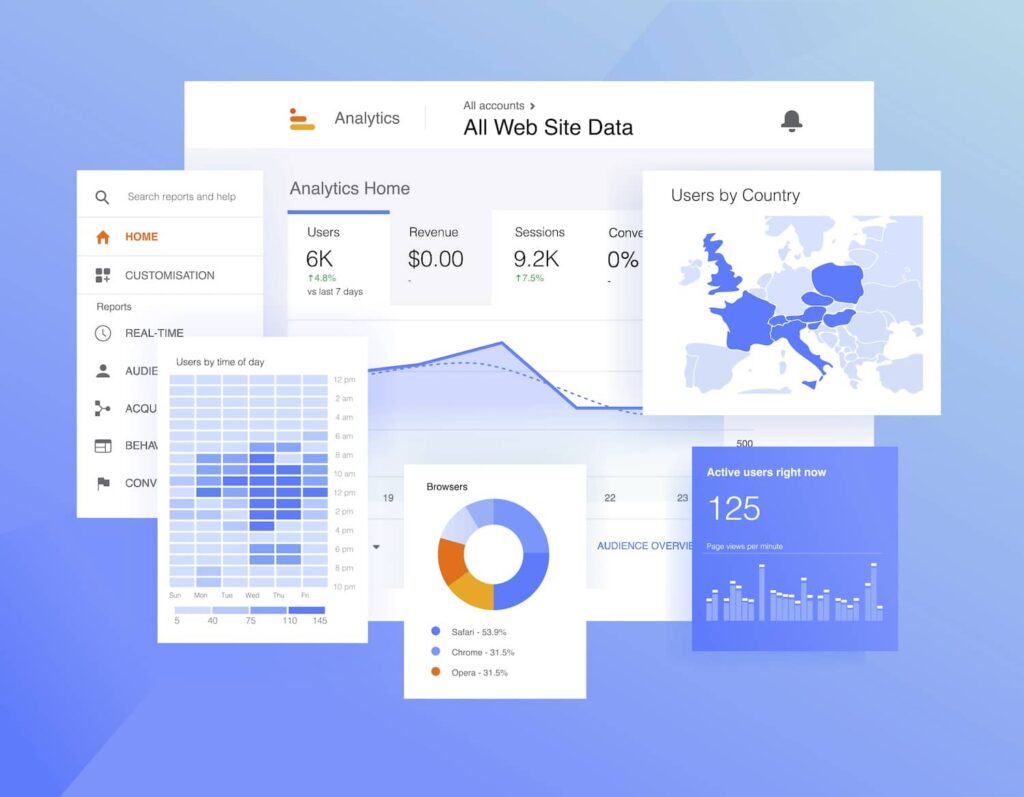A Comprehensive Guide to Secondary Dimensions in Google Analytics: Introduction Its Duty in Data Interpretation
A Comprehensive Guide to Secondary Dimensions in Google Analytics: Introduction Its Duty in Data Interpretation
Blog Article
Revealing the Effect of Second Dimension in Google Analytics on Information Evaluation and Insights
In the world of data analytics, the utilization of second dimensions within Google Analytics has actually emerged as a pivotal device for extracting much deeper insights and unraveling complicated patterns that could otherwise continue to be obscured. By peeling back the layers of key data collections, second measurements provide a nuanced perspective that enhances the understanding of customer habits, site efficiency, and the performance of advertising and marketing approaches. Nonetheless, real influence and untapped capacity of additional dimensions are often undervalued, overshadowed by the allure of main metrics. As we browse via the elaborate landscape of information evaluation, the value of secondary dimensions ends up being significantly apparent, clarifying vital information that hold the trick to notified decision-making and tactical optimizations.
Discovering the Principle of Second Dimensions
Additional measurements in Google Analytics give extra understandings by allowing customers to evaluate key data in combination with a second feature. By including additional dimensions, users can dive deeper into the information and uncover beneficial connections that may or else go unnoticed - what is a secondary dimension in google analytics.
By discovering the numerous second measurements readily available in Google Analytics, customers can unlock new insights and maximize their electronic advertising efforts. In essence, additional dimensions offer as an effective device for boosting information evaluation and driving actionable results.
Enhancing Data Analysis With Second Measurements
Having actually established the foundational understanding of additional dimensions in Google Analytics and their critical duty in information analysis, the emphasis currently shifts in the direction of leveraging these second characteristics to improve the interpretation of analytics information (what is a secondary dimension in google analytics). By integrating secondary dimensions into data evaluation, experts can gain deeper insights into customer actions, web site performance, and marketing performance

In addition, additional dimensions aid in contextualizing key information metrics by offering additional layers of details. This contextualization help in comprehending the 'why' behind the data fads, assisting analysts make educated decisions and optimizations to boost general performance. Ultimately, incorporating second dimensions enriches the information analysis procedure, causing more purposeful understandings and critical activities.
Revealing Hidden Insights Through Second Dimensions
Exploring the midsts of analytics data with second dimensions discloses useful understandings that would certainly otherwise stay covered. By integrating additional dimensions in Google Analytics, organizations can discover surprise patterns, trends, and Check This Out connections that provide an even more Source comprehensive understanding of individual actions and website performance. These extra layers of information allow analysts to delve much deeper right into the key measurements, such as website traffic sources or landing web pages, and obtain a much more nuanced perspective on how different variables engage with each various other.
Via the usage of second dimensions, analysts can section and contrast information across numerous dimensions, enabling them to recognize certain variables that influence user interaction, conversion prices, and general success metrics. By coupling the primary dimension of 'device classification' with the additional dimension of 'age group,' marketing professionals can determine which age demographics favor accessing the internet site through mobile gadgets versus desktop computers. This degree of granularity encourages organizations to make data-driven choices and enhance their strategies for better results. Eventually, discovering covert insights through additional measurements boosts the deepness and accuracy of data analysis, causing even more educated decision-making and improved efficiency end results.
Leveraging Second Measurements for Actionable Analytics
Building upon the understandings revealed through second measurements in Google Analytics, organizations can now harness this enriched information landscape to drive actionable analytics and strategic decision-making. By leveraging second measurements, organizations can dive deeper right into their data to draw out beneficial patterns, patterns, and correlations that might have previously gone unnoticed. This much deeper level of analysis allows companies to gain a much more detailed understanding of user actions, campaign efficiency, and overall web site effectiveness.
One secret advantage of using secondary dimensions for workable analytics is the capability to sector data based upon details requirements. This division allows companies to tailor their projects and approaches to various audience teams, resulting in more targeted and efficient advertising and marketing efforts - what is a secondary dimension in google analytics. Additionally, additional dimensions give a more alternative view of individual interactions, allowing services to enhance their site content, layout, and general user experience
Making The Most Of Decision-Making With Secondary Dimensions
To boost tactical decision-making in analytics, leveraging second measurements in Google Analytics can offer an extra nuanced viewpoint on user behavior and project performance. By incorporating secondary dimensions right into information evaluation, companies can dive deeper into the specifics of their web site site visitors' interactions and involvement patterns. This added layer linked here of details enables a more thorough understanding of just how different variables, such as demographics, tools, or web traffic sources, effect essential efficiency signs.

Verdict
Finally, making use of additional measurements in Google Analytics plays an essential function in improving information analysis and revealing surprise understandings. By discovering this idea, one can gain a much deeper understanding of user actions and make informed decisions based upon actionable analytics. Leveraging second dimensions permits a more thorough analysis of information and takes full advantage of the efficiency of decision-making processes.

Report this page